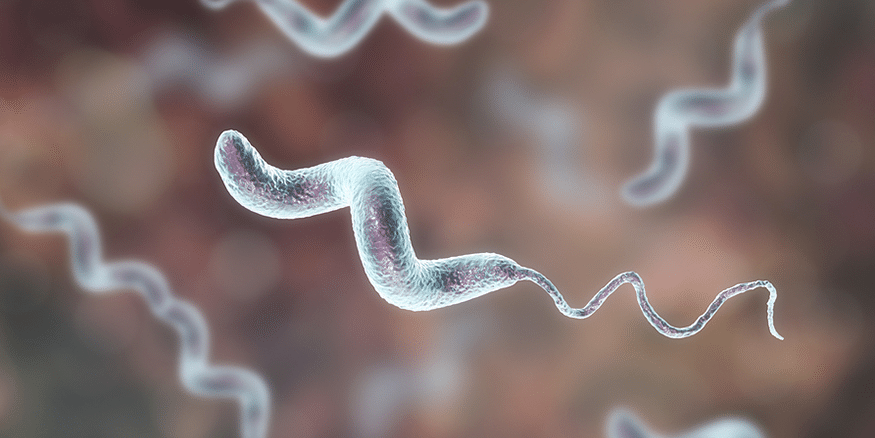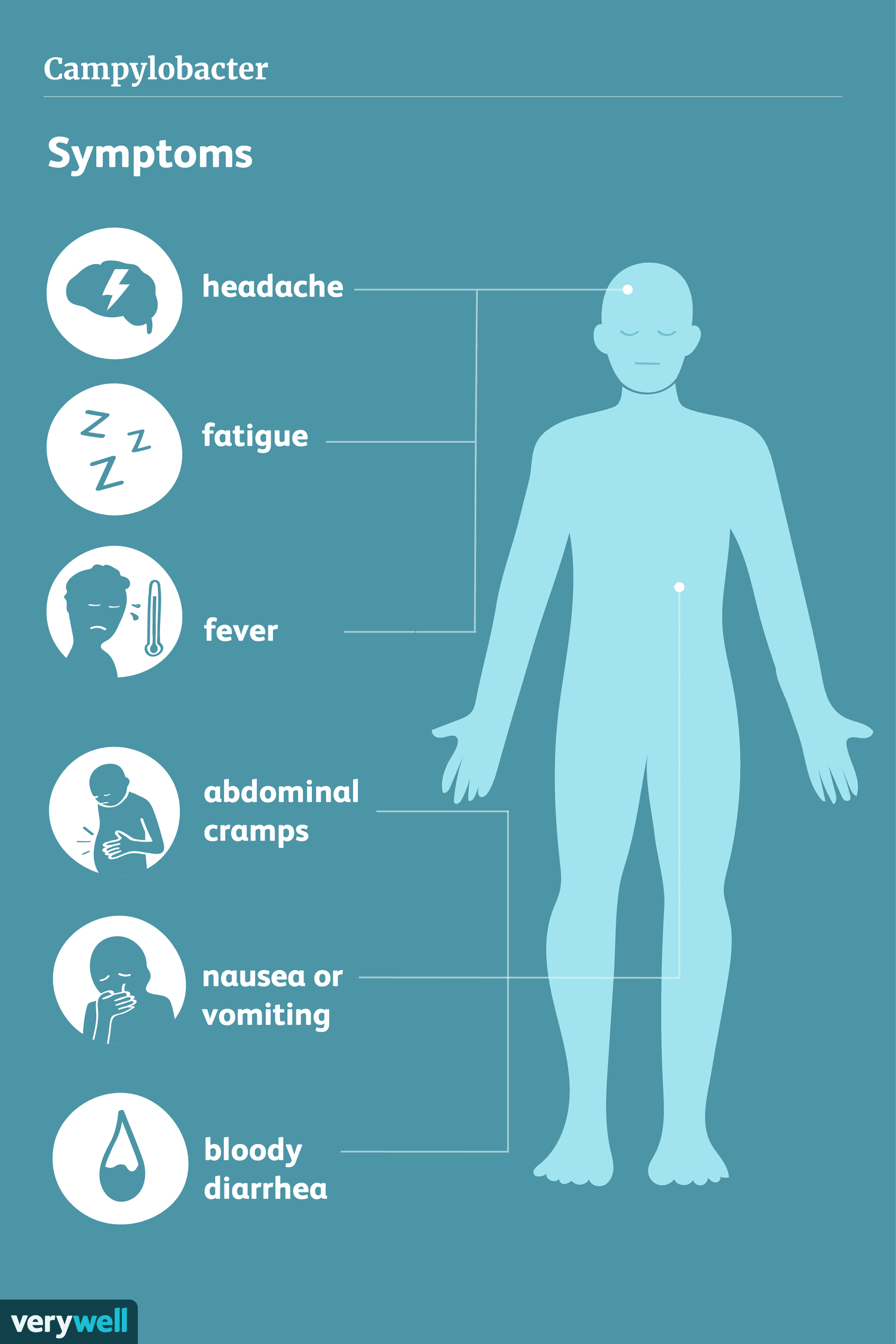Understanding Campylobacter: A Leading Cause of Foodborne Illness
Campylobacter is one of the most common causes of bacterial gastroenteritis worldwide. It primarily affects the gastrointestinal tract and is often associated with the consumption of contaminated food or water, especially undercooked poultry. Though typically self-limiting, Campylobacter infections can lead to serious complications in some individuals.
What Is Campylobacter?
Campylobacter is a genus of spiral-shaped, Gram-negative bacteria. The two species most often associated with human disease are:
- Campylobacter jejuni
- Campylobacter coli
These bacteria thrive in the intestines of birds and mammals, and are commonly transmitted to humans through ingestion of contaminated food, unpasteurized milk, untreated water, or through direct contact with infected animals.

Symptoms of Infection
Symptoms usually begin 2 to 5 days after exposure and may include:
Diarrhea (often bloody)
Abdominal cramping and pain
Fever
Nausea and vomiting
Fatigue
The illness typically lasts about a week. However, in some cases, complications may arise.

Possible Complications
Though most cases resolve without treatment, Campylobacter can cause:
- Guillain-Barré syndrome (a rare autoimmune condition causing paralysis)
- Reactive arthritis (joint pain or swelling)
- Sepsis (rare but serious, especially in immunocompromised individuals)
Infants, older adults, and people with weakened immune systems are at greater risk for severe disease.
Diagnosis and Treatment
Diagnosis is typically made via stool culture or molecular testing (like PCR). Most people recover with rest and hydration alone. However, in severe or prolonged cases, antibiotics such as azithromycin or ciprofloxacin may be prescribed.
Prevention
Prevention of Campylobacter infection relies on good hygiene and food safety practices:
Cook poultry thoroughly (to an internal temperature of 165°F / 74°C)
Avoid cross-contamination between raw meat and other foods
Wash hands after handling animals or raw meat
Drink only pasteurized milk and treated water
Clean kitchen surfaces and utensils after use
Public Health and Surveillance
Campylobacter is a notifiable disease in many countries, meaning healthcare providers must report cases to public health authorities. Surveillance helps track outbreaks and identify contamination sources, often leading to food recalls and improved regulations.
Campylobacter is a major public health concern, especially as it remains one of the leading causes of bacterial diarrhea worldwide. While most cases are mild, the potential for severe complications underlines the importance of food safety and public awareness.

